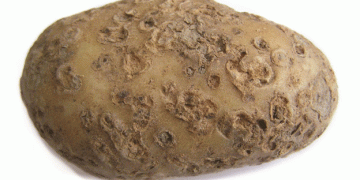#soiltesting #nutrientmanagement #soilfertility #cropproductivity #precisionagriculture #soilanalysis #agronomy #nutrientuptake #soilhealth #sustainablefarming
Did you know that most Australian soil testing laboratories offer comprehensive suites that measure pH, exchangeable cations, organic carbon, major and trace elements, and electrical conductivity? Additionally, determining soil texture provides valuable information about its water holding capacity, which is crucial for sustainable agriculture.
To ensure accurate soil test results, it is essential not to mix samples from different soil types. Additionally, specifying the crop type, such as potatoes, when submitting samples ensures that critical nutrient ranges are reported correctly. Familiarizing yourself with the soil testing methods used by the laboratory is also crucial, as different methodologies may yield different results, particularly for nutrients like phosphorus.
Consistency is key when it comes to soil testing. Using the same laboratory for testing each year helps maintain consistency in recommendations and reduces confusion. Moreover, we highlight the effectiveness of the Diffusive gradients in thin-films (DGT) method for measuring soil phosphorus (P) levels, especially in soils prone to P lock-up. Requesting the Phosphorus Buffering Index (PBI) test provides valuable insights into the soil’s ability to fix phosphorus, optimizing fertilization strategies for specific soil types.
Precision soil sampling approaches and in-crop soil and petiole testing are additional tools that can enhance nutrient management decisions. By employing zone-based recommendations and utilizing variable-rate fertilization technology, farmers can maximize the efficiency of their nutrient applications, resulting in improved crop performance.
Soil testing and analysis are essential for farmers and agricultural professionals to make informed decisions about nutrient management. By understanding the soil’s nutrient fertility and addressing any chemical or physical impediments, farmers can optimize crop production while minimizing environmental impacts. Collaborating with agronomists and utilizing the latest advancements in precision agriculture can further enhance nutrient management practices.
Source: Australian Potato Growers






